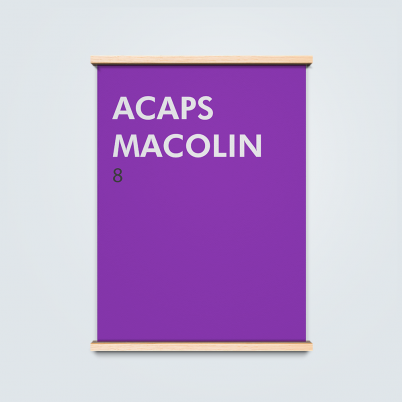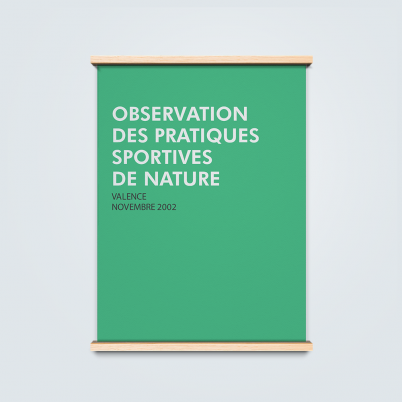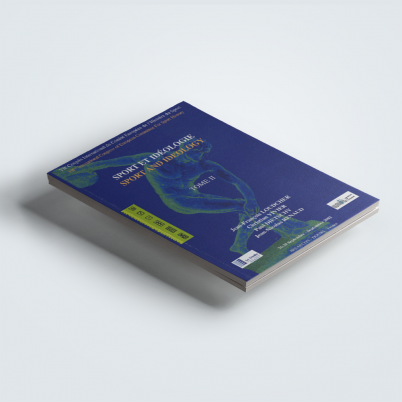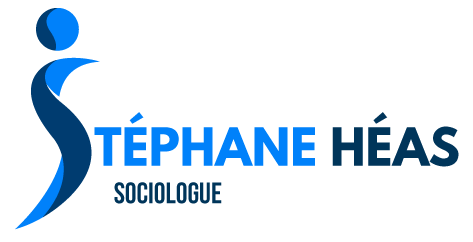Informations complémentaires
| auteur | |
|---|---|
| colloque | |
| annee | |
| mois | Juin |
Ethology teaches us that the horse is a very sensitive species. It is able to sense the human attitude at first eye-contact. It can feel a fly on its body and remove it by flexing its muscles. In a study completed in 2014, we questioned what horse-riding is in the 21th century and what does it means to be a horse-rider? This work is based on four pillars: sociology of experience, Becker’s sociology, Goffman’s interactionism and Elias theories of configuration and civilising process. In an inquiry lasting three years in four equestrian centres (three giving classical lessons with one of them offering competitions, and one practicing “Natural Horsemanship”), we learnt horse-riding techniques and representations, questioning the activity with a methodology in which the researcher’s body was central. Fifty professional horse-riders were interviewed in a semi-structured way, asked about their personal history, equestrian representations and comparing the inquisitor body feelings and sensations to every one of them. These interviews and a consequent ethnographic book allow us to understand what it means to become and live in a horse-rider body. It appears that in this relationship between horses and humans, it is the humans that need to make the most important work to let this kind of interaction exist. It can be seen that this world of shared sensations between horse and human is sustained by the quality of the relation. It appears that during eras, horse welfare improves as horse-riding techniques gain softness. The state of “homme de cheval” in France means a lot more than just techniques: it speaks about feeling, respect of horses, living with them. Equestrian techniques are, as Mauss defined it, the most efficient gestures for a human to produce. These Horse-riding techniques are indeed tools that allow interactions between the two species. Becoming a proficient horse rider is a long process, which needs to learn the “good” techniques to do and the “good” way to be for a beginner. While the horse-rider is getting better and better, his techniques evolve and his empathy grows. We observe that, even if the rider learns in a competitive, a tourist way or an “art” way, it does not interfere with the importance of increasing the quality of the techniques, although we can see that tourism riders are more interested in a nature-horse relation than in a good technical behaviour. Regardless of what the ultimate goal of the horse-rider is, be it competition, tourism or art, it appears that horse riding is in fact a kind of language that allows us to qualify the horse-human relationship as an anthropo-equine society, accompanied by a large world of sense and values.
| auteur | |
|---|---|
| colloque | |
| annee | |
| mois | Juin |
Ce site utilise Akismet pour réduire les indésirables. En savoir plus sur comment les données de vos commentaires sont utilisées.





Avis
Il n’y pas encore d’avis.